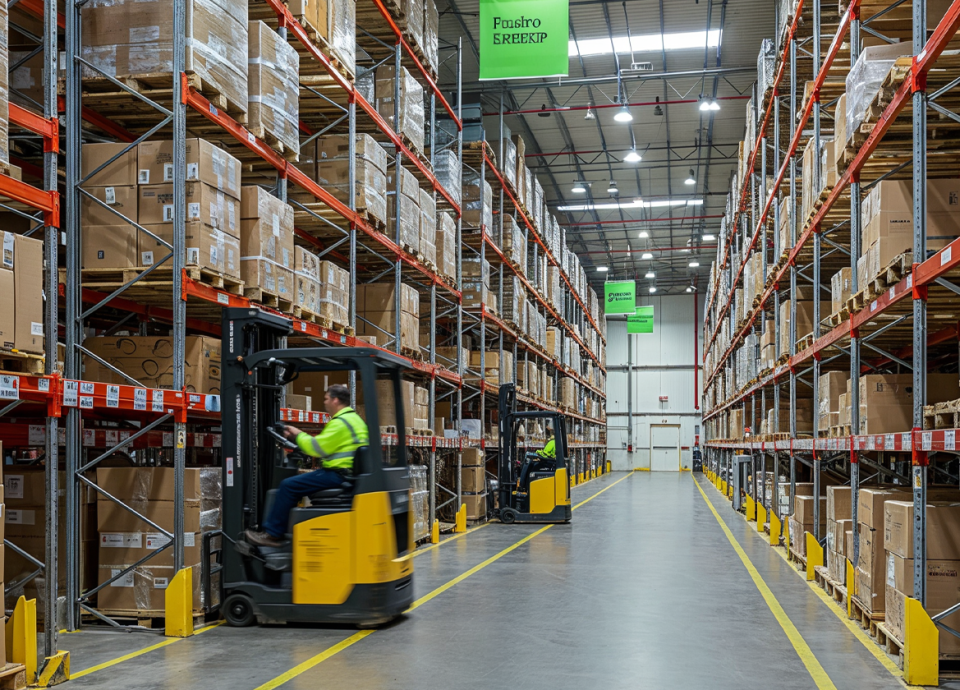In the logistics industry, warehouses serve as the backbone for storing, managing, and moving goods efficiently across the supply chain. Whether it’s for raw materials, intermediate goods, or final products, warehouse operations have evolved from simple storage spaces into dynamic hubs of activity supporting the timely delivery of goods to customers.
One of the key functions of a warehouse is inventory management. Businesses must ensure that stock is accurately recorded, stored in appropriate conditions, and retrieved quickly when needed. With real-time inventory systems and organized layouts, warehouses help reduce overstocking or stockouts, ensuring a smooth flow of goods.
Another critical role is order fulfillment. Warehouses receive orders, pick and pack the items, and dispatch them through appropriate delivery channels. Efficiency in these steps is vital for meeting customer expectations, especially in an era of e-commerce and same-day delivery services.
Consolidation and deconsolidation are also fundamental warehouse functions. In consolidation, items from different suppliers are grouped before being transported together. In deconsolidation, large shipments are broken down into smaller consignments for distribution. Both processes streamline transportation costs and improve delivery timelines.
Warehouses also support value-added services such as labeling, product customization, kitting, and quality inspections. These services enhance product readiness before reaching end customers, especially for retail and export logistics.
“Warehouses are no longer just storage rooms; they are intelligent systems at the heart of modern supply chains.”
In conclusion, a warehouse’s importance in logistics cannot be overstated. From ensuring product availability to supporting supply chain agility, their functions go beyond four walls—they are strategic assets in any logistics operation.






